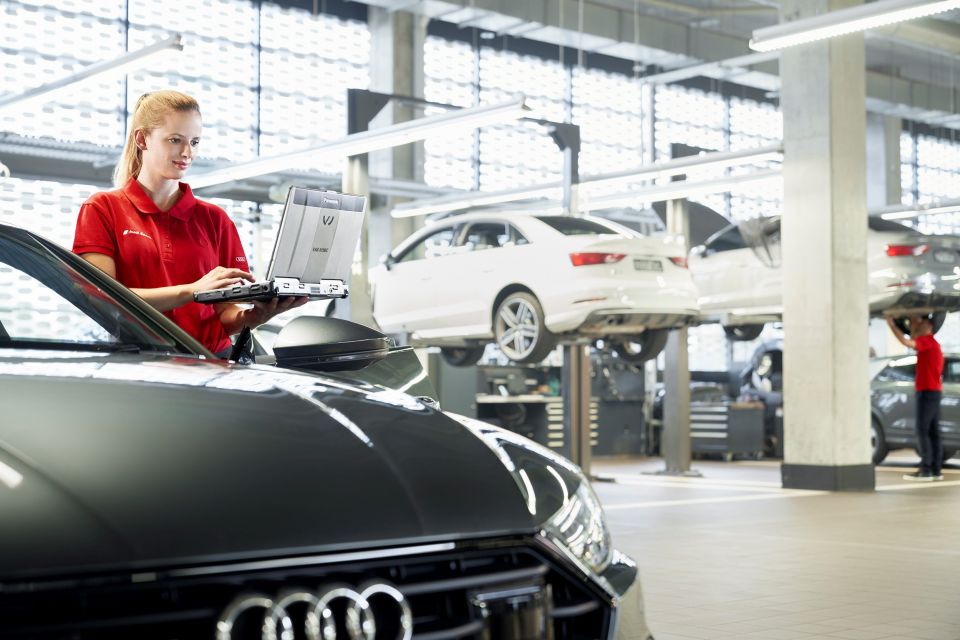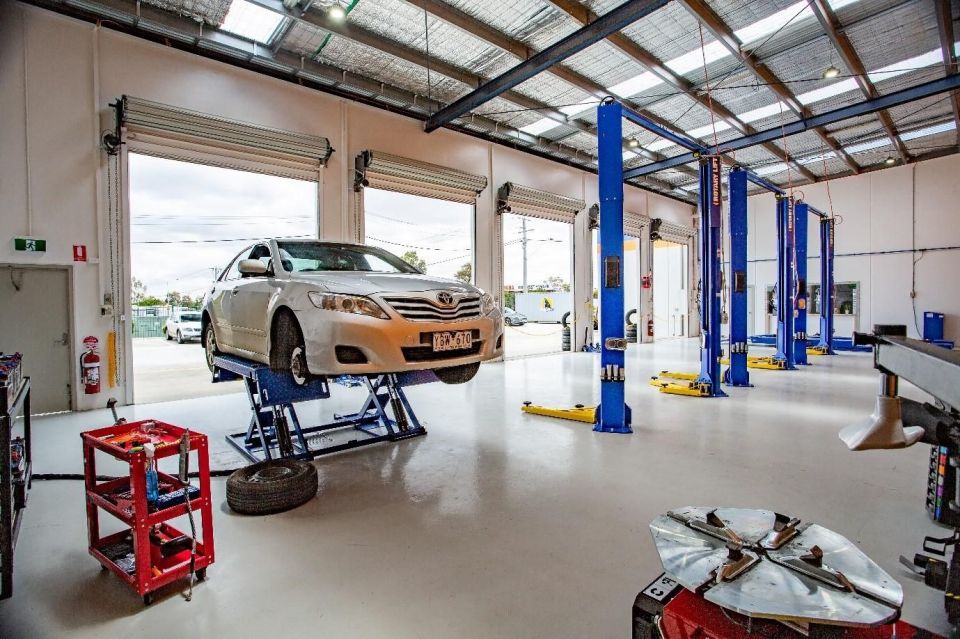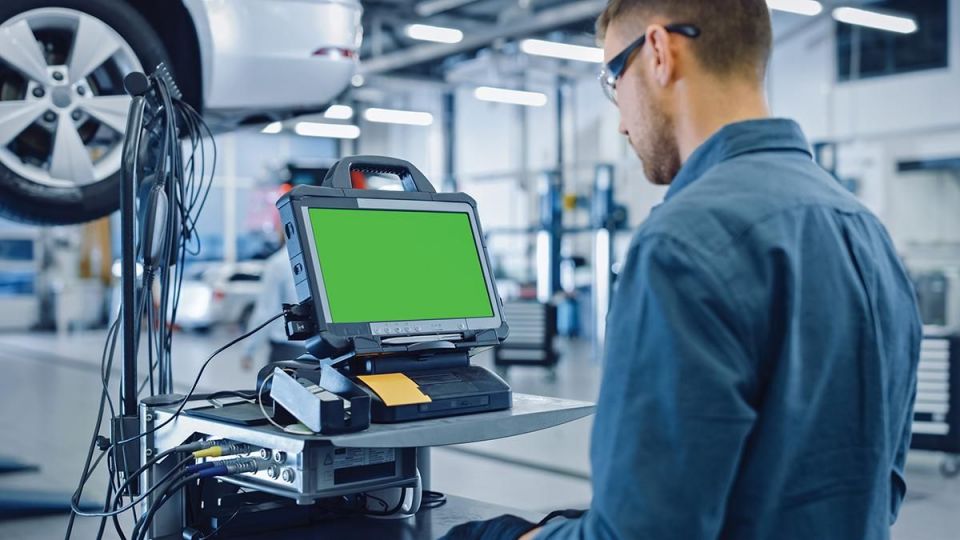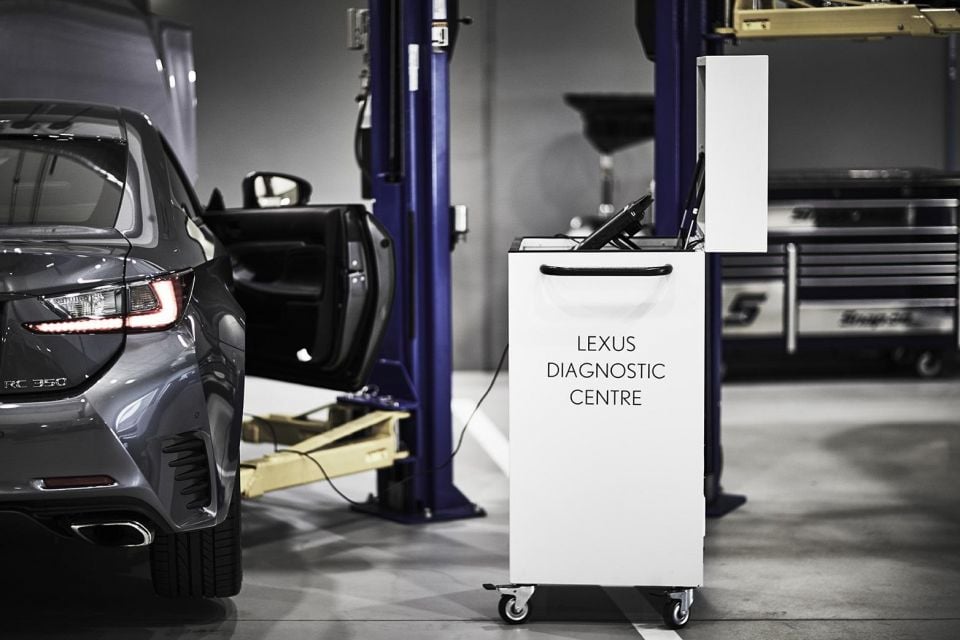

Damion Smy
Nissan Juke EV will use Leaf platform, due in 2026 - report
14 Hours Ago
Dealerships and third-party service centres are the backbone to ensuring your car remains in good running order. But which option should you pick?

Contributor


Contributor
A car is a mechanical tool and, like all mechanical tools, it requires regular maintenance to ensure optimal function. The cost to service or maintain your vehicle is therefore an important consideration during the purchasing process, as this becomes a recurring expense.
Unless you want to do it yourself, there are two primary ways to ensure your vehicle remains in good running order. The first is to take it to a dealership, generally of the same brand as your car. The second is to take it to a third-party service centre. These include anything from a local, independent workshop to major service chains such as Ultratune, Mycar (formerly Kmart Tyre & Auto), Bridgestone Select or Motorserve.

Much like how printer manufacturers profit more from ink sales than sales of the actual device, car maintenance can be a very lucrative revenue stream for some car dealerships. It is often in the dealership’s best interests to ensure customer loyalty through great service and reasonable pricing.
So how do these two options compare?
A common perception is that a third-party service centre is generally a cheaper alternative than taking a car to a dealership. However, this is highly dependent on the make and age of the vehicle concerned.
Many new cars, including those sold by popular brands such as Toyota, Mazda, Hyundai, Kia, Mitsubishi and others, come with a capped-price servicing scheme. This means the manufacturer ‘caps’, or limits, the maximum price that the dealership can charge you for a service. These schemes typically last for a set number of service intervals after the customer has bought their car.

Dealerships may benefit from capped-price servicing as well, as a transparent pricing schedule may increase customer volume and loyalty as the customer knows they are guaranteed reasonably priced maintenance.
Toyota’s capped price servicing scheme is called Toyota Service Advantage. As a representative example, a 2020 RAV4 Hybrid in 2WD Cruiser specification will cost a maximum of $230 to service for each of its first five services (either annually or at set mileage intervals, depending on which comes sooner).
Note that while most of these schemes will quote a maximum price for a service, certain service items may be excluded from the scheme. For example, Toyota Service Advantage excludes the replacement of ‘normal wear and tear’ items such as wiper blades and brake pads. If these items are replaced as part of the service, the final bill may end up being greater than the quoted ‘capped’ price service.

If your new car is covered by a capped-price servicing scheme, be sure to check the fine print such as the terms and conditions for what is included and excluded, as these may vary by manufacturer. Based on these inclusions, a capped-price servicing scheme may be more cost-effective than taking the car to a third-party service centre.
For vehicles outside a capped-price servicing scheme, especially older European vehicles, an independent service centre may be cheaper than a dealership.
In any case, if your car is being serviced at a third party centre, be sure to get a quote or estimate beforehand of the service cost. If this isn’t feasible, request a callback before the service centre undertakes any major work that could significantly increase the amount of your service bill.

Servicing a new car at the same brand dealership generally means that quality is assured, as the dealership is obliged to use original parts (and often has mechanics trained to OEM standards) to ensure the car is maintained to manufacturer specification.
In contrast, third-party servicing may be variable in quality. This is especially the case for niche vehicles or high-performance cars that may require specialist maintenance. The average workshop may not be properly equipped, nor have the knowledge or access to parts, such as a specific type of engine oil or brake pad, to properly take care of the vehicle.
However, there are often smaller independent workshops in most capital cities in Australia that specialise in servicing a particular brand or type of vehicle – such as an Alfa Romeo-specific workshop or one that focuses on European cars. These could potentially offer a comparable or superior level of quality to a dealership at a comparable price.

Note that as long as a stamped logbook service has been requested, maintaining a vehicle at a third-party workshop doesn’t void its warranty. Nevertheless, some carmakers may offer warranty ‘bonuses’ if the vehicle is serviced with a dealership.
Mitsubishi, for example, offers a standard five-year/100,000km (whichever occurs first) new car warranty, largely in line with other manufacturers. However, if the vehicle continues to have scheduled services completed through Mitsubishi’s dealership network, the vehicle may be eligible for an extended warranty of up to 10 years or 200,000km.
Another factor to consider with respect to third party service quality is the introduction of legislation that obligates car manufacturers to sell any proprietary repair and maintenance data to third-party service centres and repairers at a fair market price, from July 1, 2022.
MORE: Shake-up coming for car repair sector

Known as the Competition and Consumer Amendment (Motor Vehicle Service and Repair Information Sharing Scheme) Act 2021 (Cth), the law is intended to ensure non-dealership service centres have access to the same information as those within an OEM’s dealership network.
Theoretically, this may improve the quality offered by third-party service centres, especially for higher-end models from manufacturers such as BMW, which previously may have required specialist service information only shared within the dealership network to properly maintain.
It may also improve competition and lower prices by further removing restraints on consumers that may otherwise be forced to keep maintenance of their car within an OEM’s dealership network.

Major third party servicing chains such as Mycar, Ultratune, Bridgestone Select and others offer workshops in most major Australian cities. Mycar, for example, offers services in all Australian states and territories. These chains have a larger reputation to protect, and therefore it is in their interest to retain consistent quality standards across locations.
These chains may also eclipse dealership availability for certain niche brands such as Peugeot and Citroën. On the other hand, marques such as Mitsubishi and Toyota have long-established dealership networks with extensive presence not just in capital cities, but also in regional centres and smaller towns. Before purchasing a car, make sure you are aware of how extensive the brand’s dealership presence is if you intend to take advantage of any applicable capped price servicing offers.


Damion Smy
14 Hours Ago


Damion Smy
17 Hours Ago


Damion Smy
20 Hours Ago


Damion Smy
22 Hours Ago


Damion Smy
22 Hours Ago


Damion Smy
23 Hours Ago